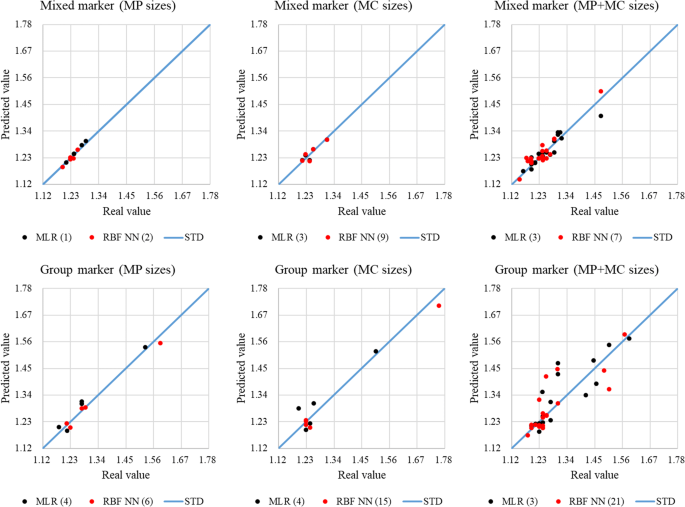
The partitioning is made on base of structural properties of the system right-hand side functions. In the paper an explicit Runge-Kutta type method for partitioned systems of ordinary differential equations is considered. ID 143: An Embedded Explicit Method for Partitioned Systems of Ordinary Differential Equations To study stabilization problem, Lyapunov function is constructed in the form of the sum of the kinetic energy and special ``kinematic function'' of the Rodriguez-Hamiltonian parameters. We investigate the stability problem of the celestial body attitude motion in relative equilibrium positions and programmed attitude motions with proposed control laws in the neighborhood of the collinear libration point L1. The attitude controlled motion is described using the Euler's dynamic equations and the quaternion kinematic equation. The equations of the attitude controlled motion in a neighborhood of the collinear libration point L1 are investigated. This paper considers an attitude controlled motion of a celestial body within the restricted three-body problem of the Sun-Earth system. ID 125: Attitude Controlled Motion in a Neighborhood of the Collinear Libration Point L_1ĭzmitry Shymanchuk, Vasily Shmyrov, Alexander Shmyrov System and also presents a method of adaptation of the robot to environmental changes. The article gives a mathematical description of the elements of the bilateral control Which is typical for assembly operations. Using of feedback on force is necessary for the interaction space robot with objects having holonomic constraints, This method allows to minimize the effect of delays in signal transmission due to features in the control algorithm. The article proposes a new approach to control of a space robot at large distances.Ī key feature of the method is to perform the necessary operations off-line using an auxiliary ground robot. ID 131: Space Robot Control System for Long Distances Presented results can be applied both to a solid body and to any rigid system.

All of the formsĪre also solutions of the system of kinematic equations.


It is shown that all the obtained formsĭefine the same angular velocity vector of the moving space, though they contain different elements. Using transformations of the constructed solution,įour more representation forms of the angular velocity vector are derived. In the found form is a solution to the system of the equations. It is shown that the angular velocity vector The construction of a formulaįor the angular velocity vector of an orthonormal basis is described. These equations connect the position of the basis vectors with their velocity. Its angular velocity vector is introduced as a solution to a system of kinematic equations of basis vectors. In this paper, we consider a Cartesian moving reference frame. ID 073: Representation Forms of the Angular Velocity Vector for an Orthonormal Basis of a Moving Frame


 0 kommentar(er)
0 kommentar(er)
